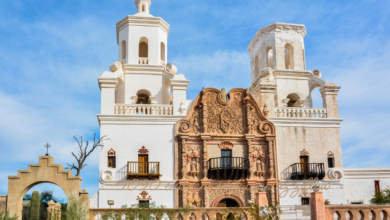Color that picasso became enamored with from 1901-1904
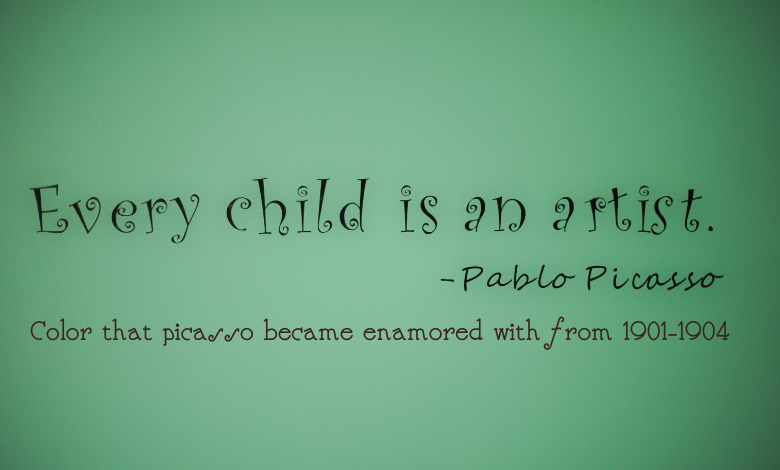
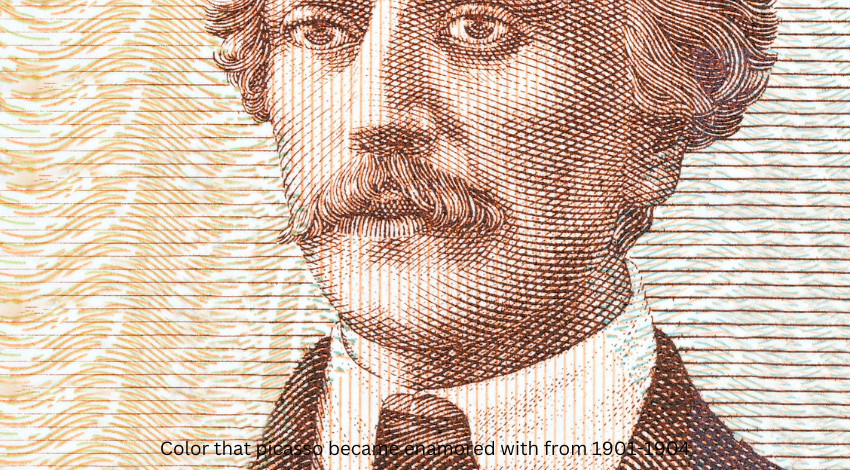 Pablo Picasso, one of the maximum influential artists of the 20th century, went thru numerous wonderful phases in his profession. Among these, the Blue Period, spanning from 1901 to 1904, sticks out for its emotional depth and the artist’s unique use of blue tones. This section no longer most effective marked a huge shift in Picasso’s artistic fashion but additionally reflected profound private and societal subject matters through the somber hue of blue.
Pablo Picasso, one of the maximum influential artists of the 20th century, went thru numerous wonderful phases in his profession. Among these, the Blue Period, spanning from 1901 to 1904, sticks out for its emotional depth and the artist’s unique use of blue tones. This section no longer most effective marked a huge shift in Picasso’s artistic fashion but additionally reflected profound private and societal subject matters through the somber hue of blue.
Picasso’s Early Years
Color that picasso became enamored with from 1901-1904.Born in Málaga, Spain, in 1881, Pablo Picasso changed into surrounded by artwork from a young age
His father, a painter and artwork instructor, played a important position in nurturing Picasso’s talent. By the time he become a teen, Picasso had already started to test with various patterns and techniques, leading to his eventual pass to Paris, the epicenter of the artwork international on the time. It became in Paris that Picasso’s Blue Period started to take form, motivated by means of personal tragedies and the depression atmosphere of the city.
The Blue Period: An Overview
The Blue Period is described with the aid of Picasso’s use of blue and blue-inexperienced sunglasses, almost to the exclusion of different colorations. This length began round 1901 after the suicide of his close buddy Carlos Casagemas. The Blue Period lasted until 1904, featuring subject matters of poverty, isolation, and human suffering. This monochromatic palette created a experience of despair and introspection in his paintings, making it one of the maximum emotionally intense phases of his career.
The Influence of Blue
The colour blue has long been related to intensity, balance, and unhappiness. In art, blue can evoke feelings of calmness in addition to melancholy. For Picasso, blue have become a conduit to explicit his grief and disillusionment with the arena. The pervasive use of blue in his paintings for the duration of this era was now not simply a classy preference however a planned try to talk the emotional and psychological states he changed into experiencing.
Catalysts for the Blue Period
Several factors contributed to Picasso’s include of blue for the duration of this time. The most vast was the demise of his pal Carlos Casagemas, whose suicide deeply affected Picasso and led him to explore issues of loss of life and depression in his paintings. Additionally, the tough realities of city lifestyles in Paris, which includes poverty and social marginalization, stimulated the topics of his art work.
Iconic Blue Period Paintings
“The Old Guitarist”:One of the maximum famous works from the Blue Period, this painting depicts an antique, blind guy gambling the guitar. The use of blue highlights the man’s frailty and isolation.
“La Vie”: This complex portray functions multiple figures and a symbolic narrative, believed to mirror Picasso’s reflections on life and death, stimulated by Casagemas’s loss of life.
“Portrait of Soler”: A greater intimate paintings, this portrait captures the somber temper and introspective nature function of Picasso’s subjects during the Blue Period.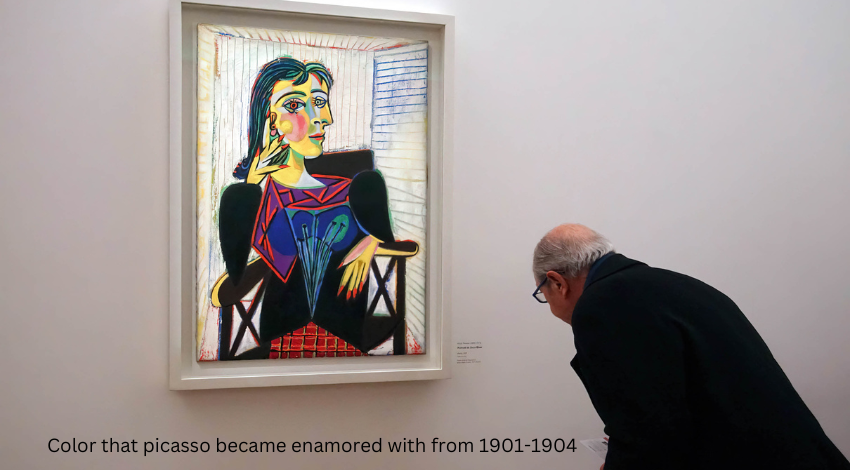
Artistic Techniques in the Blue Period
During the Blue Period, Picasso utilized a constrained palette dominated by blues, which created a unified, somber temper throughout his works. His brushwork was regularly unfastened and expressive, adding to the emotional intensity of his art work. color that picasso became enamored with from 1901-1904.
The textures in his paintings from this period additionally added depth and complexity, drawing visitors into the psychological landscape he become depicting.
Themes in Blue Period Paintings
Picasso’s Blue Period artwork regularly portrayed the destitute, the unwell, and the outcasts of society. These subjects have been depicted with a sense of dignity and humanity, in spite of their struggling. The subject matters of poverty, isolation, and human suffering were central, but there have been also subtle undertones of desire and introspection, suggesting that amidst the despair, there was a look for that means and redemption.
The Emotional Landscape
The use of blue in Picasso’s work from this period creates a powerful emotional panorama. The shade’s association with despair and introspection helped convey the deep experience of loss and grief Picasso felt. For viewers, the pervasive blue tones can evoke a range of emotional responses, from unhappiness to empathy, making these works profoundly transferring.
Critical Reception of the Blue Period
When Picasso’s Blue Period works were first exhibited, they acquired mixed reactions. Some critics appreciated the emotional intensity and revolutionary use of color, at the same time as others located the subject be counted too bleak. Over time, however, the Blue Period has become diagnosed as a important phase in Picasso’s improvement as an artist, showcasing his capability to convey complex emotional states thru his work.
The End of the Blue Period
Around 1904, Picasso started out to transition out of the Blue Period and into what is referred to as the Rose Period. This new section was marked via a lighter palette and more positive themes. However, the affect of the Blue Period continued, because the emotional intensity and introspective features persisted to inform his later works.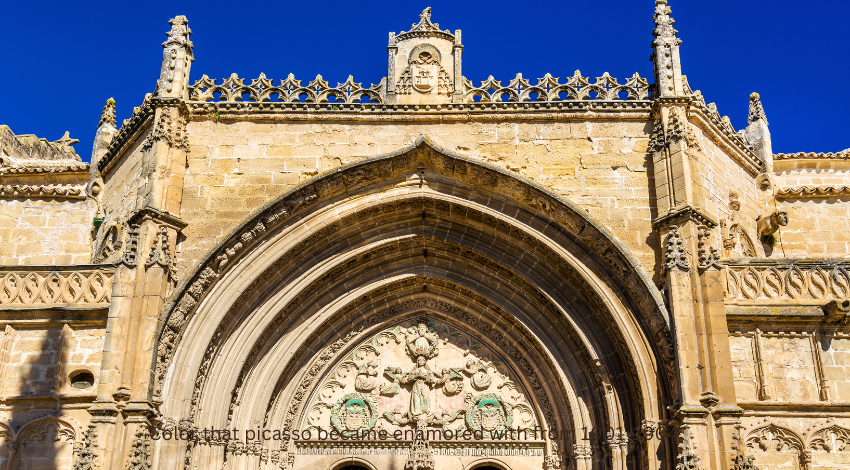
Legacy of the Blue Period
The Blue Period has had an enduring impact at the artwork world and remains a substantial region of have a look at for art historians and lovers. Picasso’s innovative use of colour and capability to deliver deep emotional states prompted many future artists and contributed to the improvement of modern-day art. The subject matters and strategies from this period are nonetheless applicable and resonate with audiences nowadays.
Comparisons with Other Artistic Periods
While the Blue Period is regularly as compared to Picasso’s subsequent Rose Period, the 2 are wonderful in their emotional tone and use of color. The Blue Period’s somber temper contrasts with the more colourful and constructive Rose Period. Additionally, the Blue Period’s recognition on monochromatic blue tones differs significantly from the multi-faceted approach visible in Picasso’s later Cubist works.
Personal Reflections
The Blue Period stays one of the most compelling and relatable levels of Picasso’s career. Its topics of loss, depression, and introspection are frequent, resonating with humans across special times and cultures. For many, the Blue Period paintings evoke non-public reflections and connections, making them undying pieces of art color that picasso became enamored with from 1901-1904.
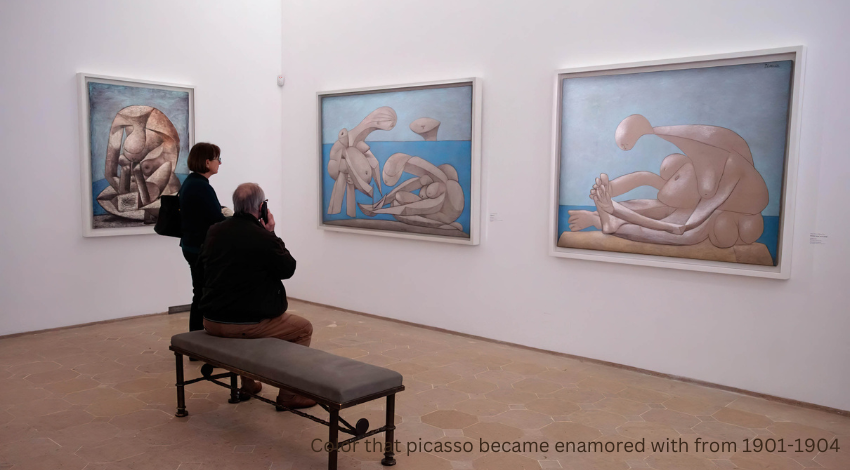
Conclusion
Picasso’s Blue Period is a testomony to the energy of color in conveying deep emotional states. Through his use of blue, Picasso changed into able to explore and explicit profound issues of suffering, isolation, and desire. This duration not handiest marked a good sized chapter in his artistic adventure but also left an indelible mark on the sector of art, influencing countless artists and persevering with to transport audiences nowadays.
FAQs
Why did Picasso use so much blue at some point of this era?
Picasso used blue during this era to carry the deep sense of melancholy and grief he felt, mainly after the dying of his close pal Carlos Casagemas. The coloration blue helped him specific the emotional and psychological subject matters customary in his work.
What are the most famous paintings from Picasso’s Blue Period?
Some of the most famous paintings from Picasso’s Blue Period include “The Old Guitarist,” “La Vie,” and “Portrait of Soler.” These works are celebrated for his or her emotional depth and revolutionary use of coloration.
How did the Blue Period impact Picasso’s later work?
The Blue Period had a lasting effect on Picasso’s work, informing his technique to coloration and emotional expression in later durations. The topics of human suffering and introspection endured to surface in his next works.
What turned into the general public’s response to Picasso’s Blue Period art?
Initially, the reaction become combined, with some critics finding the concern rely too bleak. However, over time, the Blue Period has been diagnosed as a vital phase in Picasso’s artistic development and is extraordinarily seemed within the art international nowadays.
How can I see Picasso’s Blue Period art work today?
Picasso’s Blue Period paintings may be seen in numerous museums around the sector, such as the Picasso Museum in Paris, the Art Institute of Chicago, and the Museo Reina Sofía in Madrid. Many of these establishments additionally offer on-line galleries where you can view splendid photos of his paintings.

